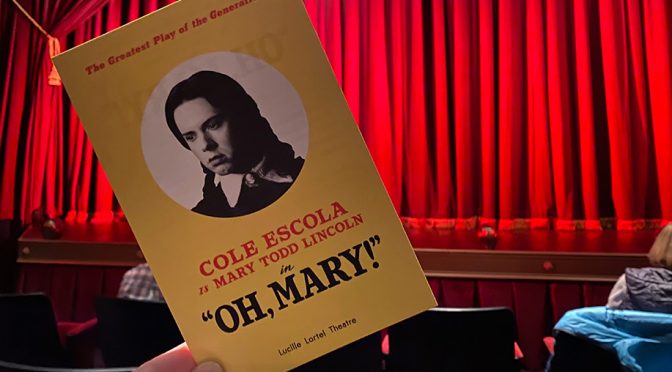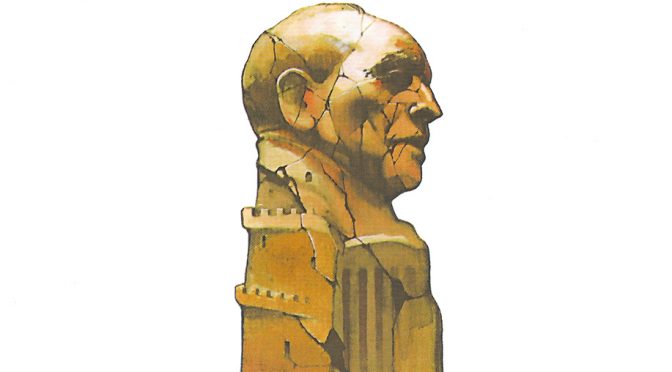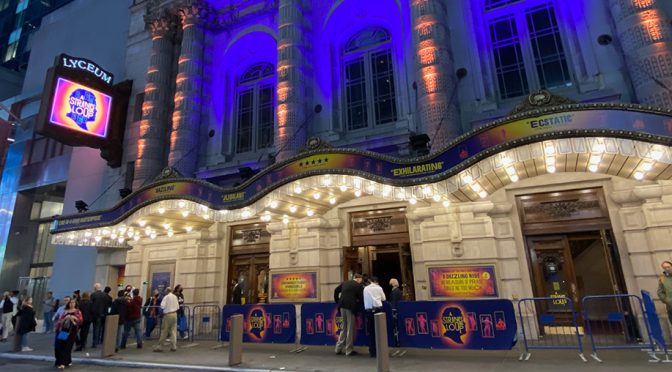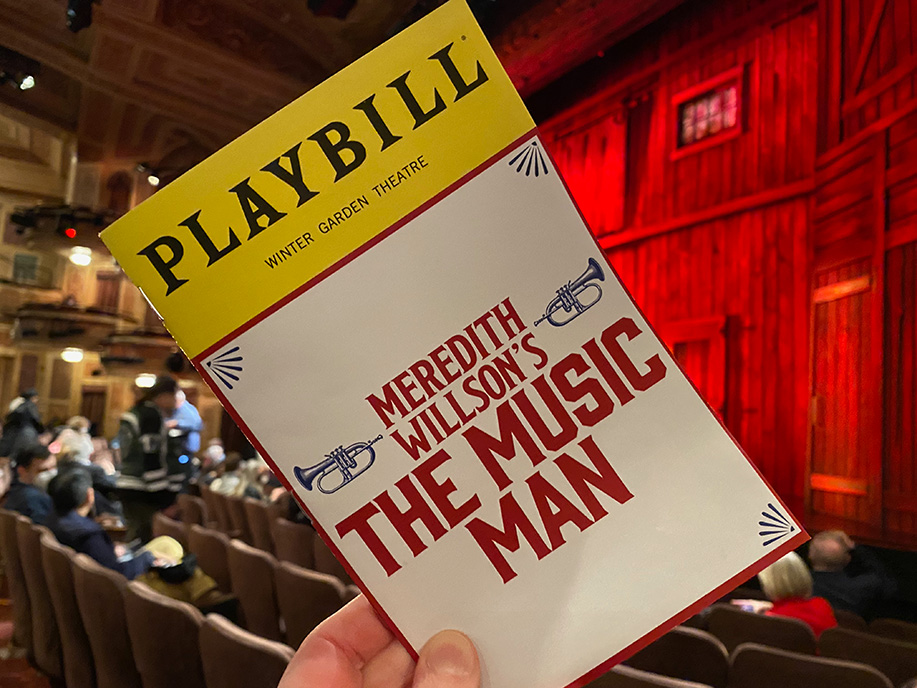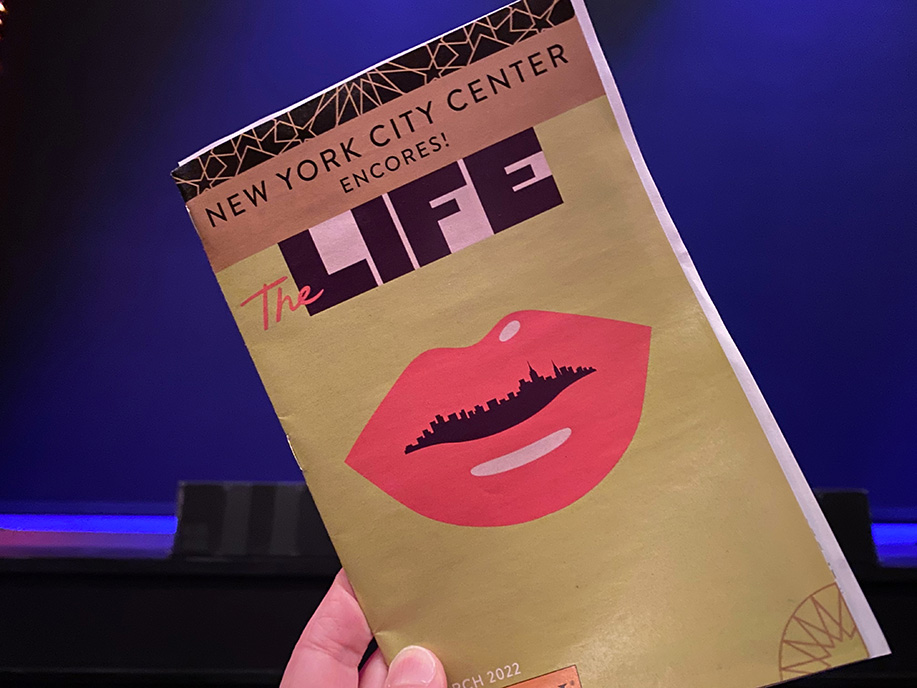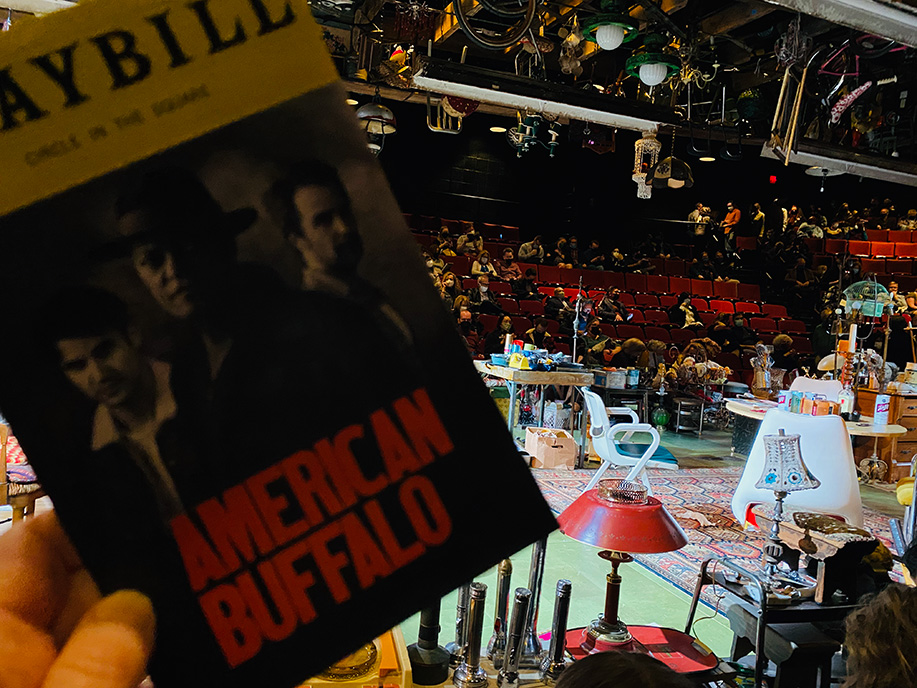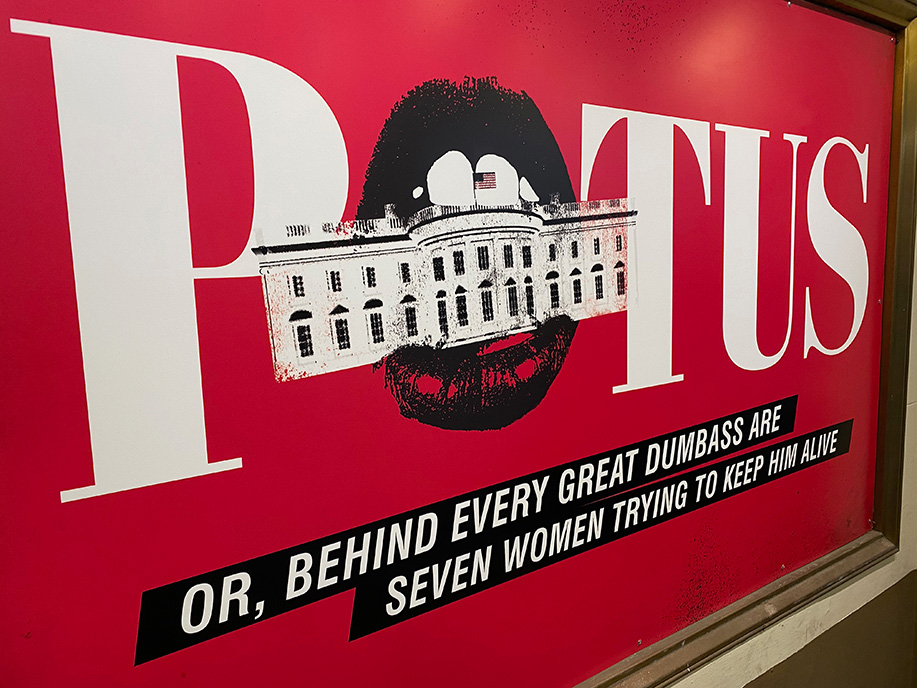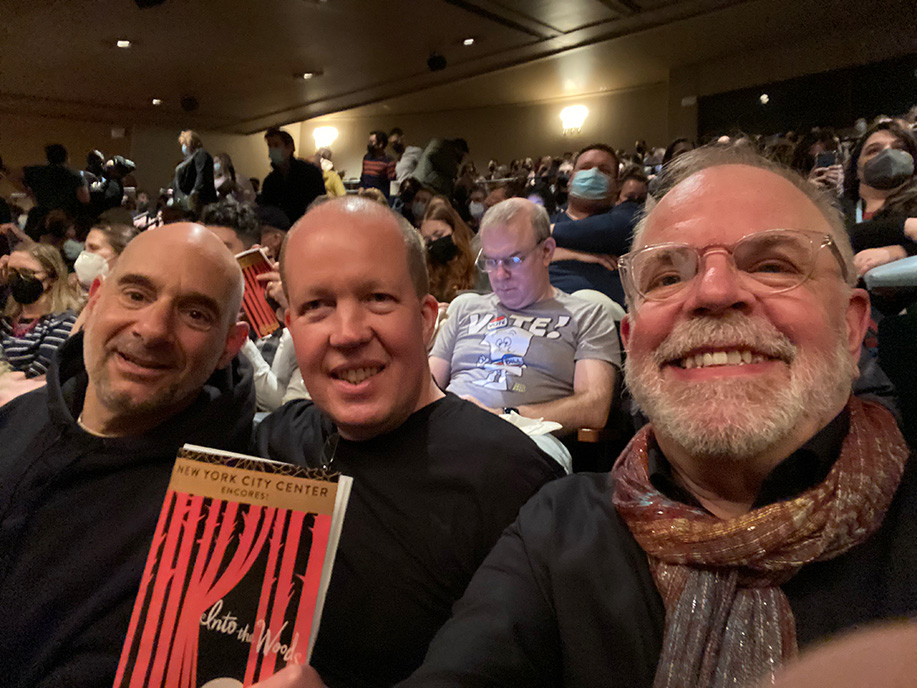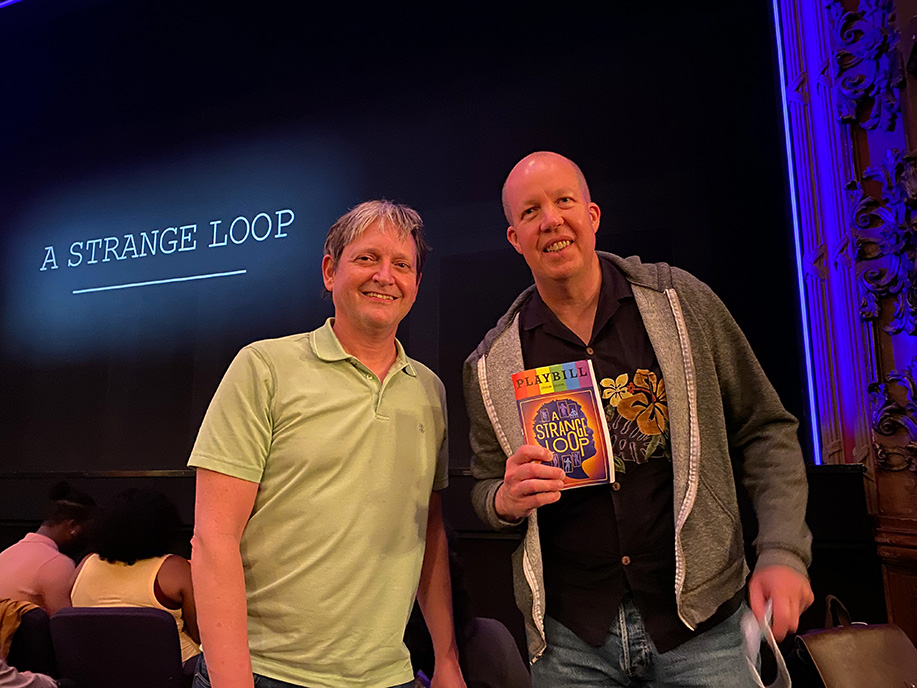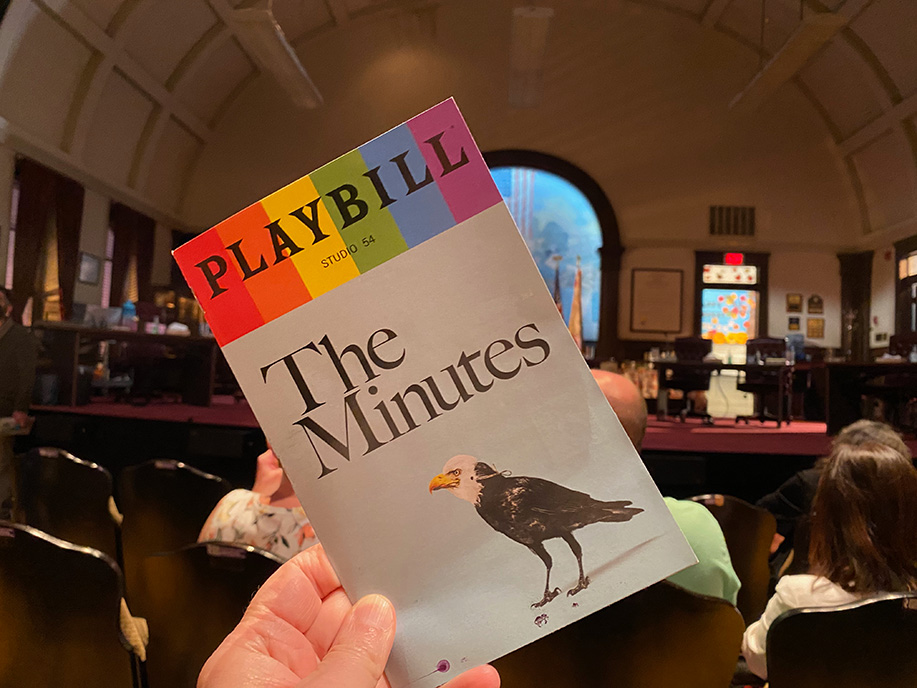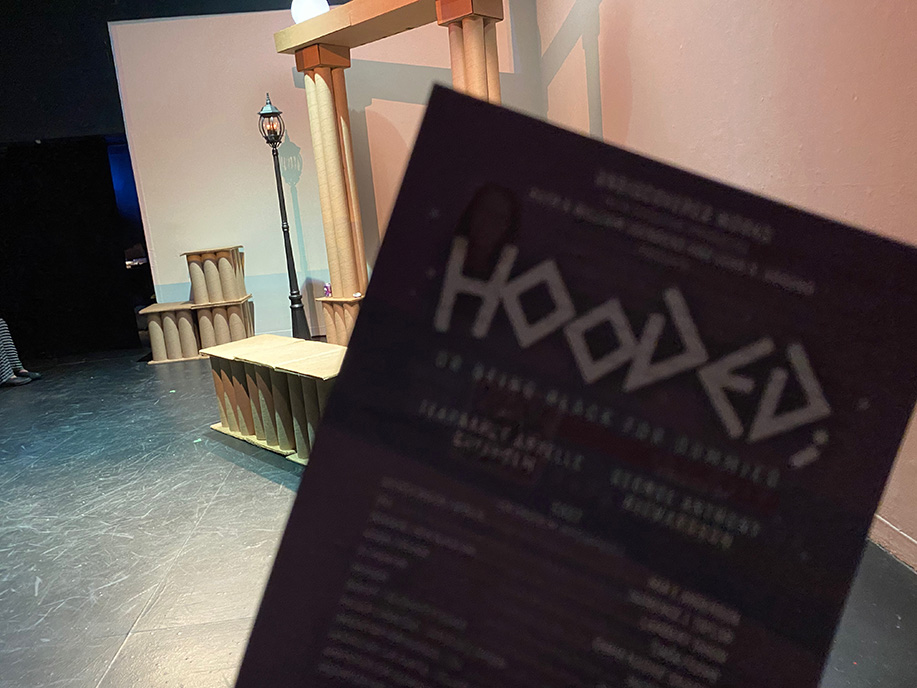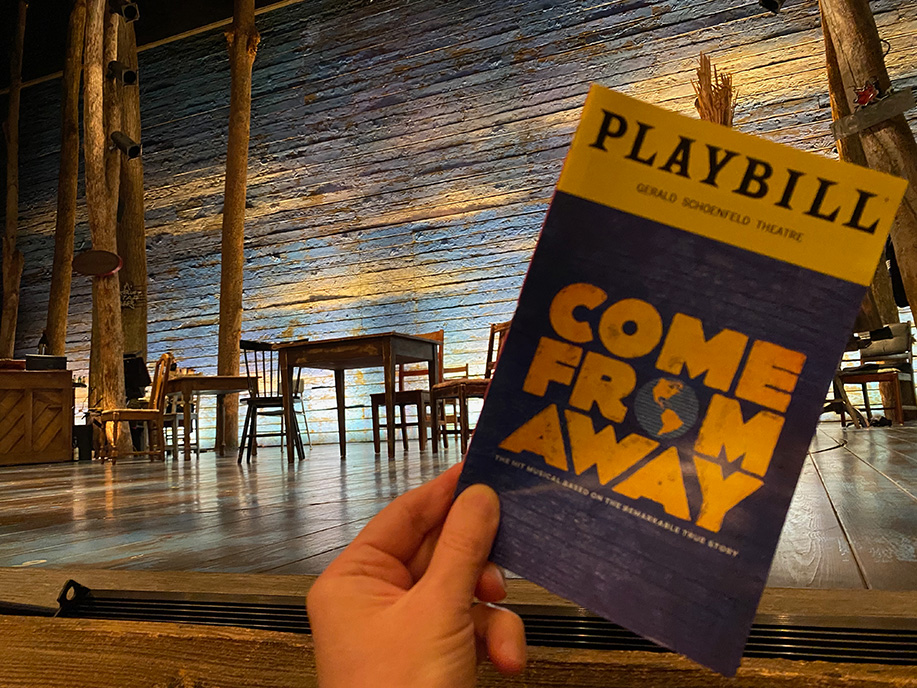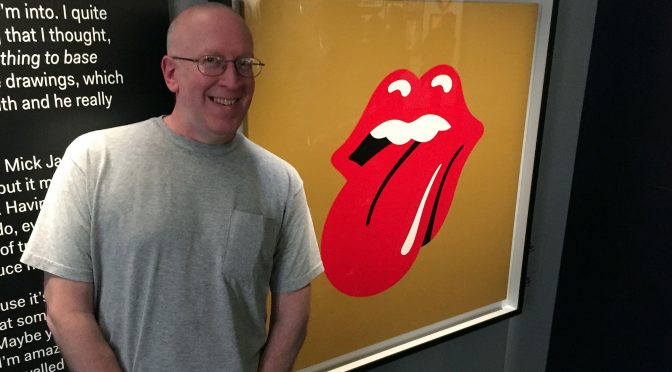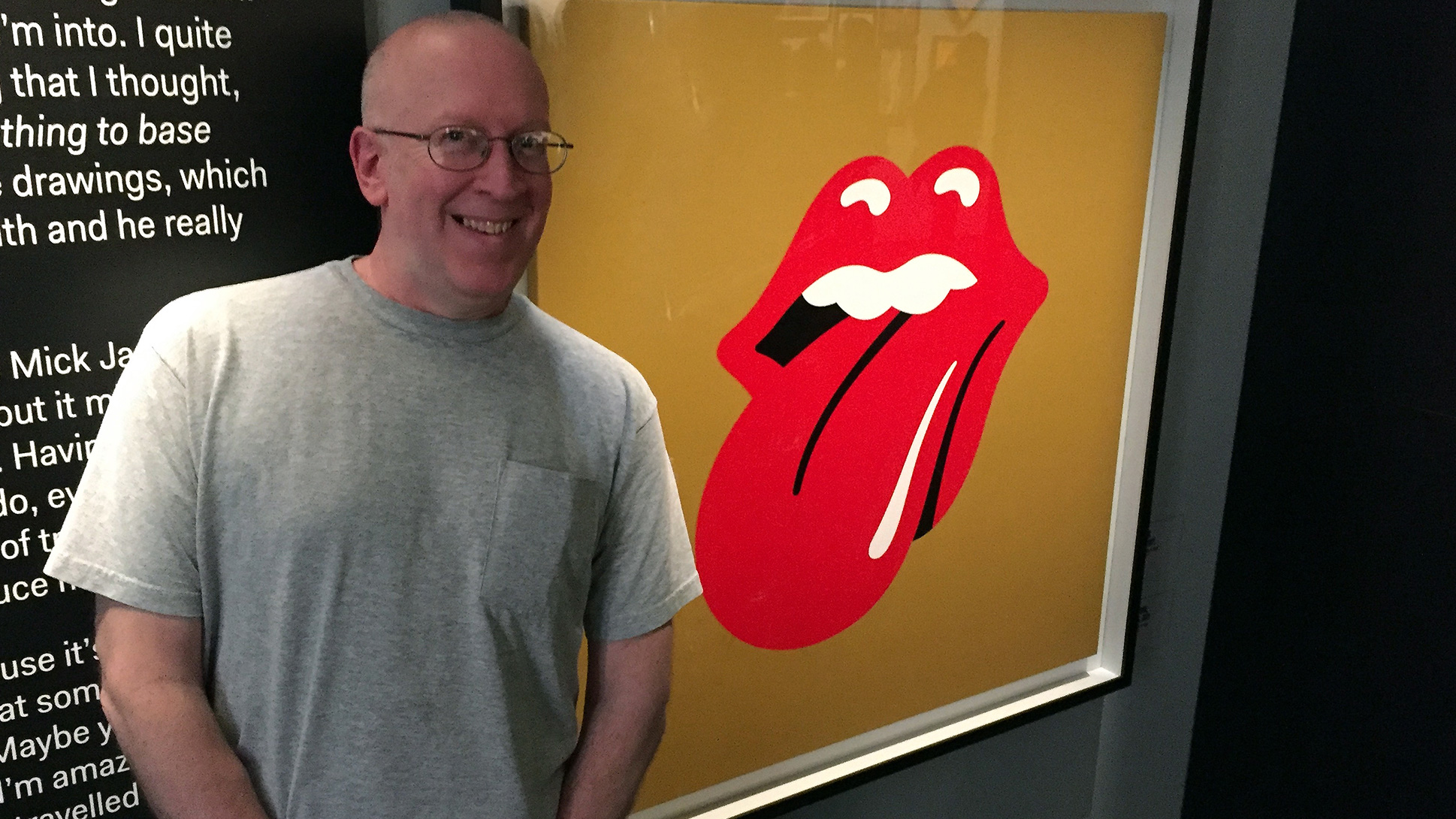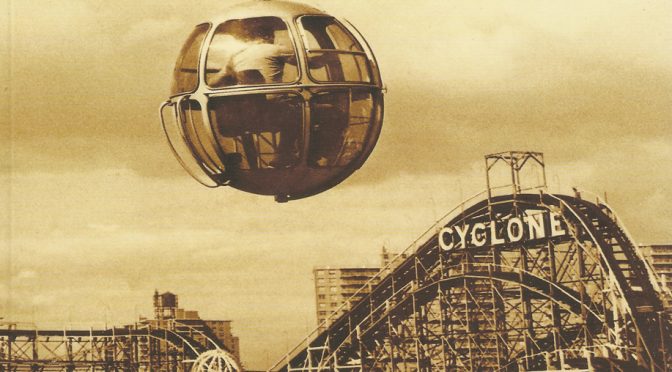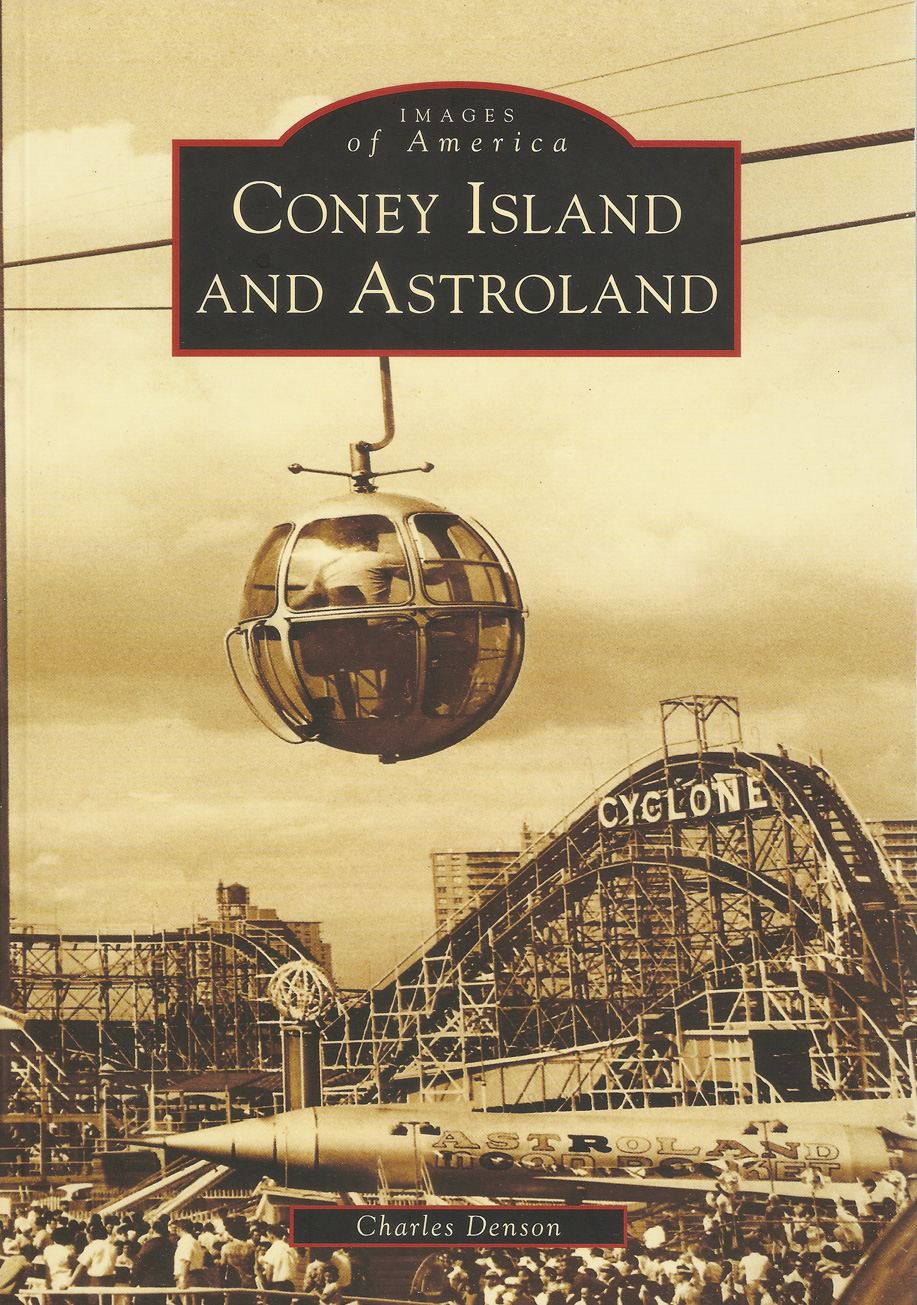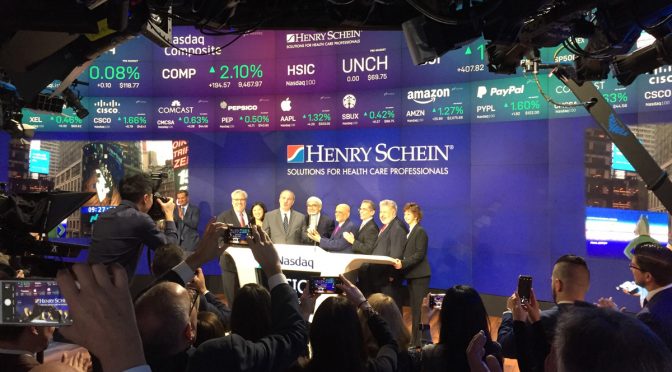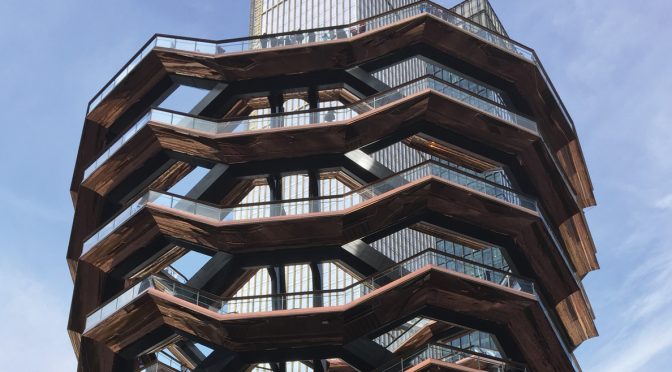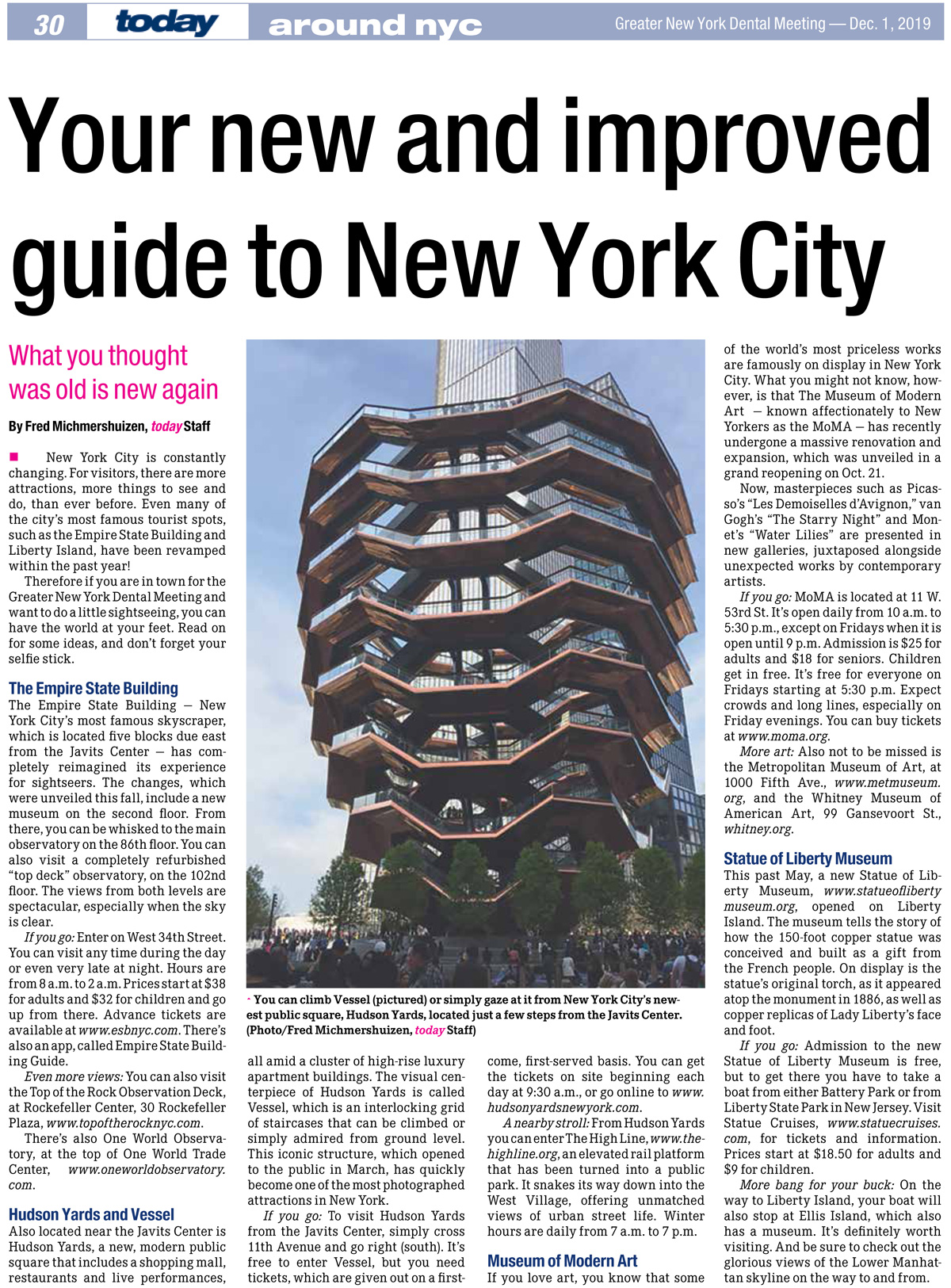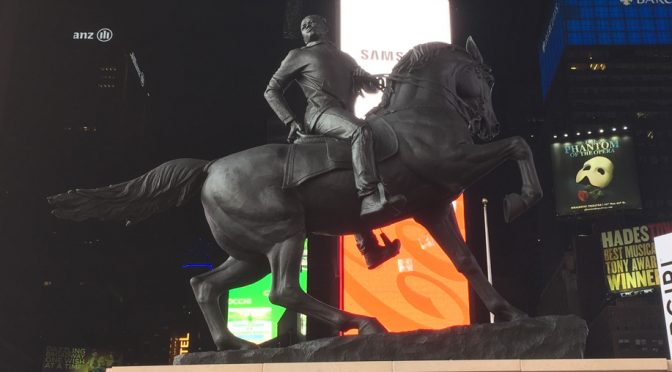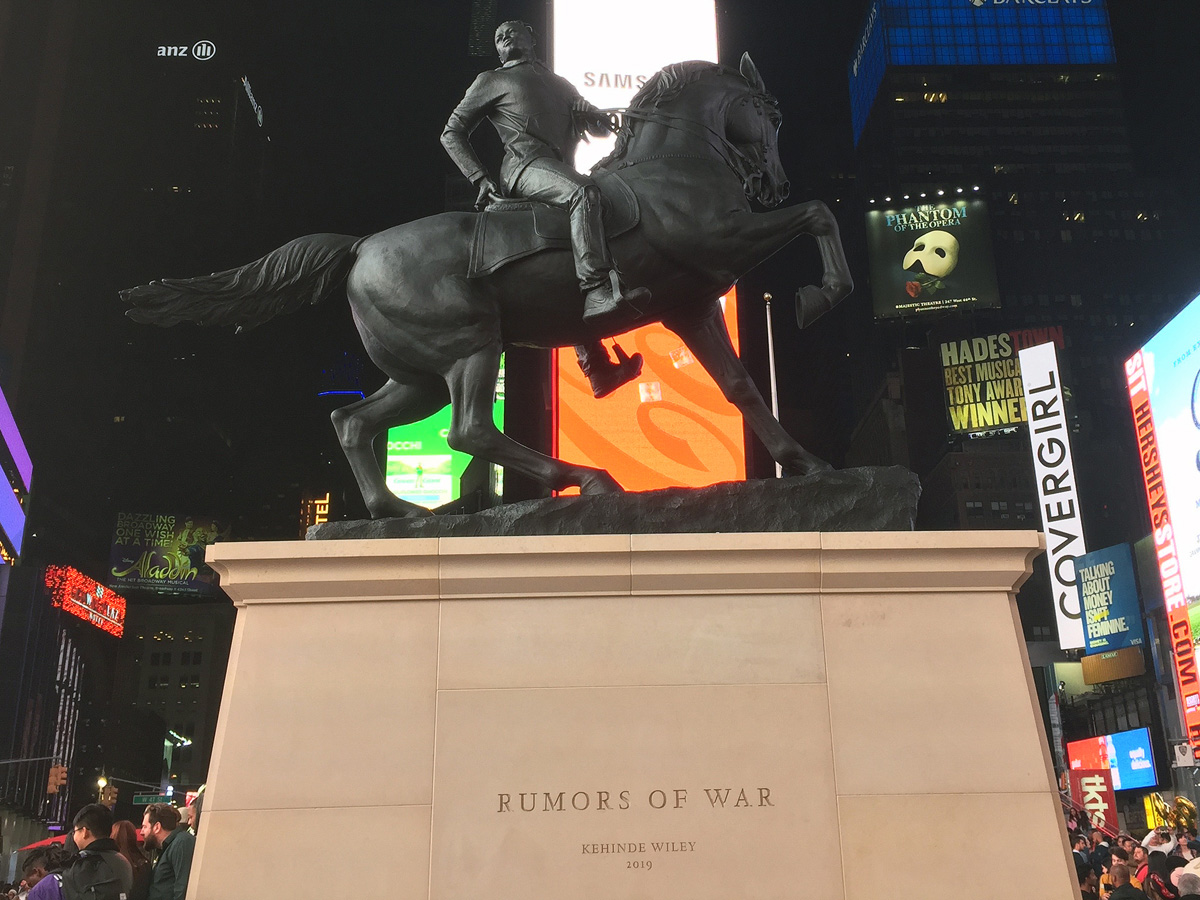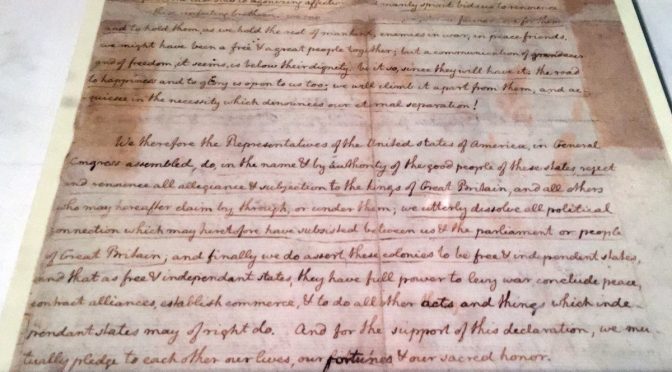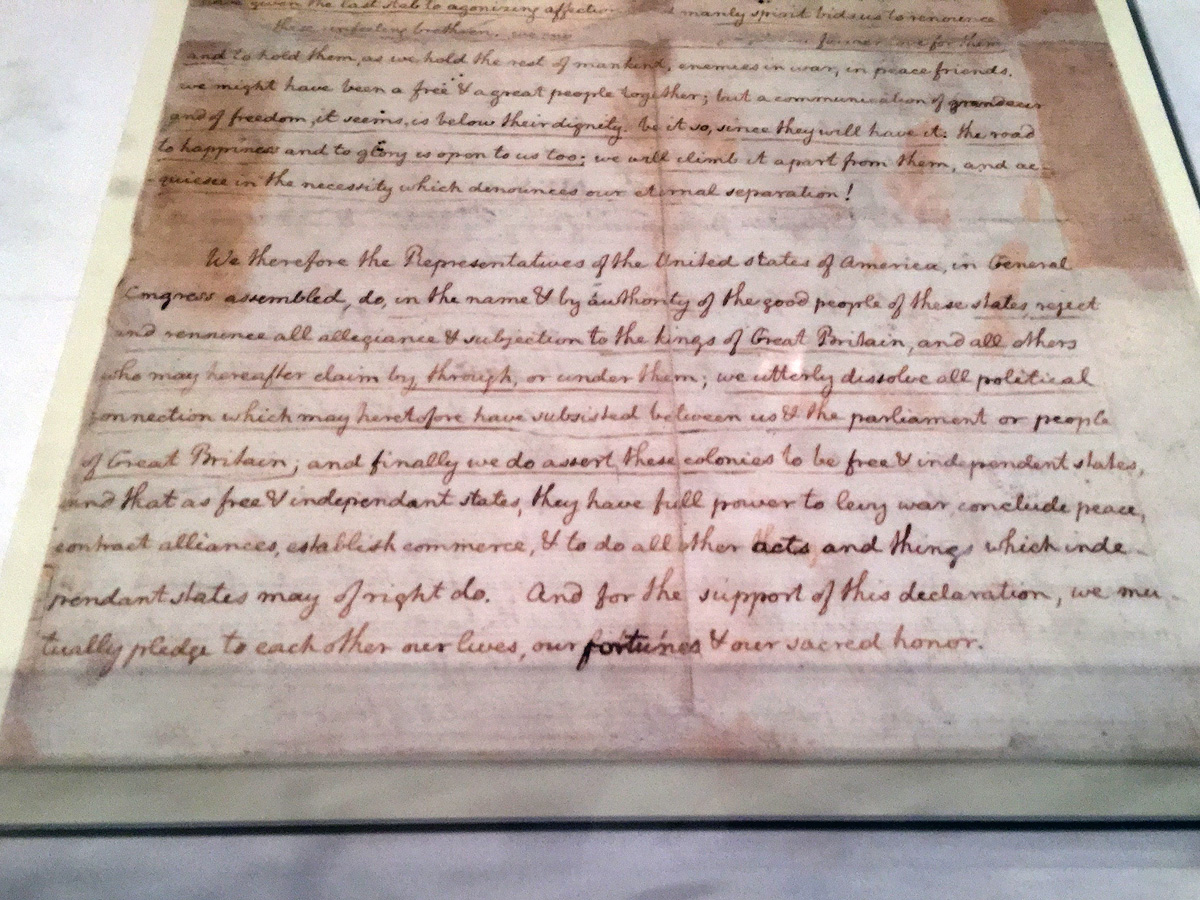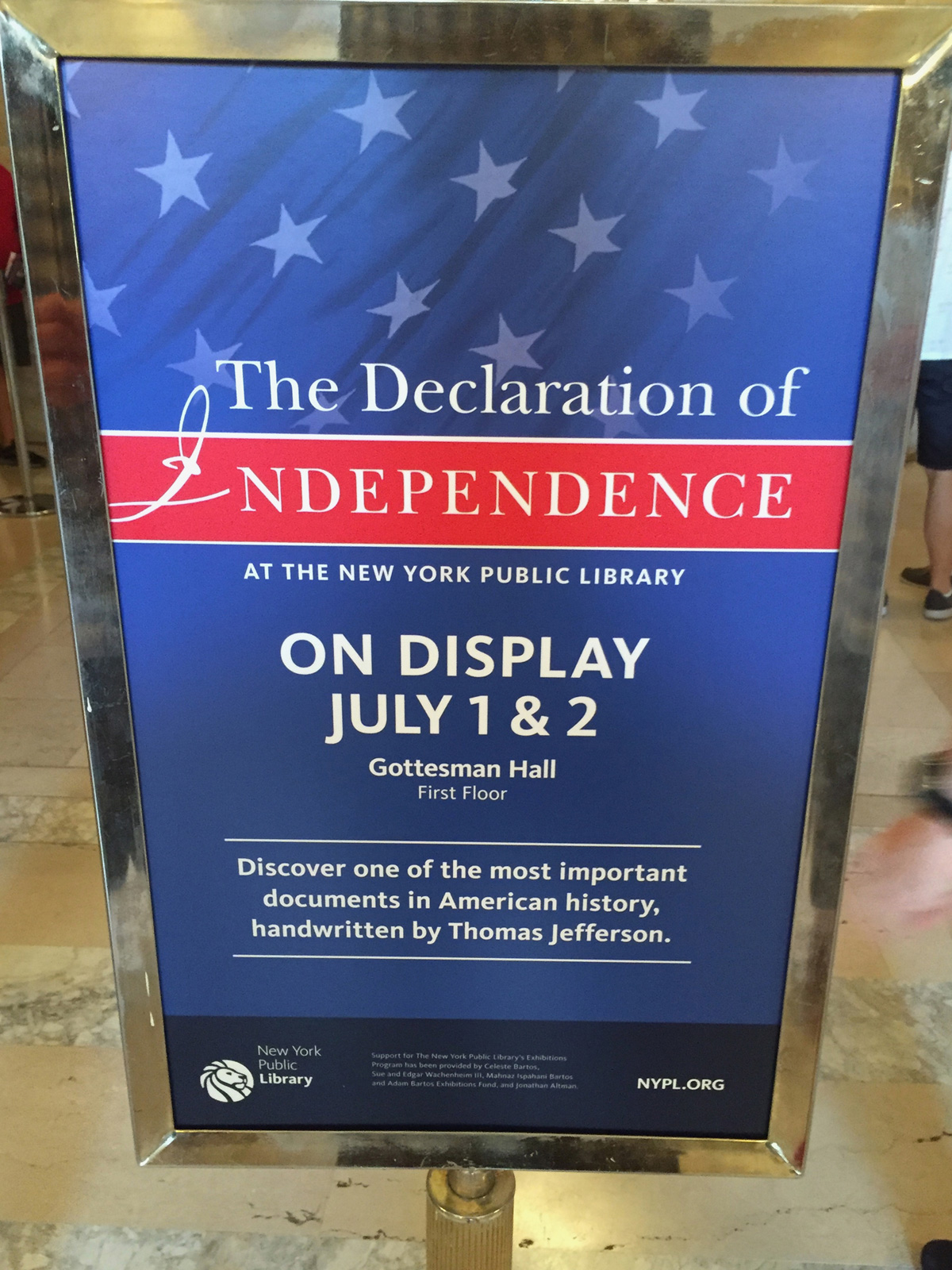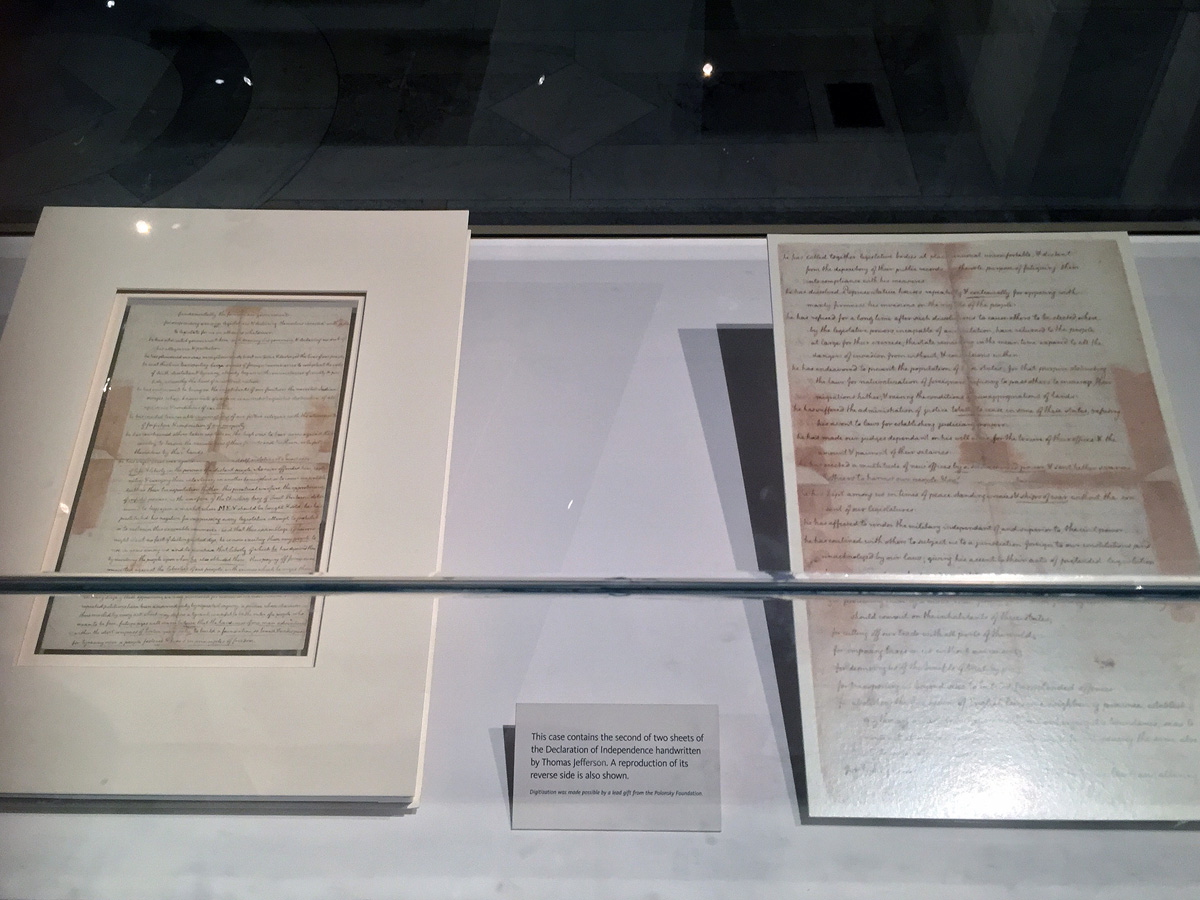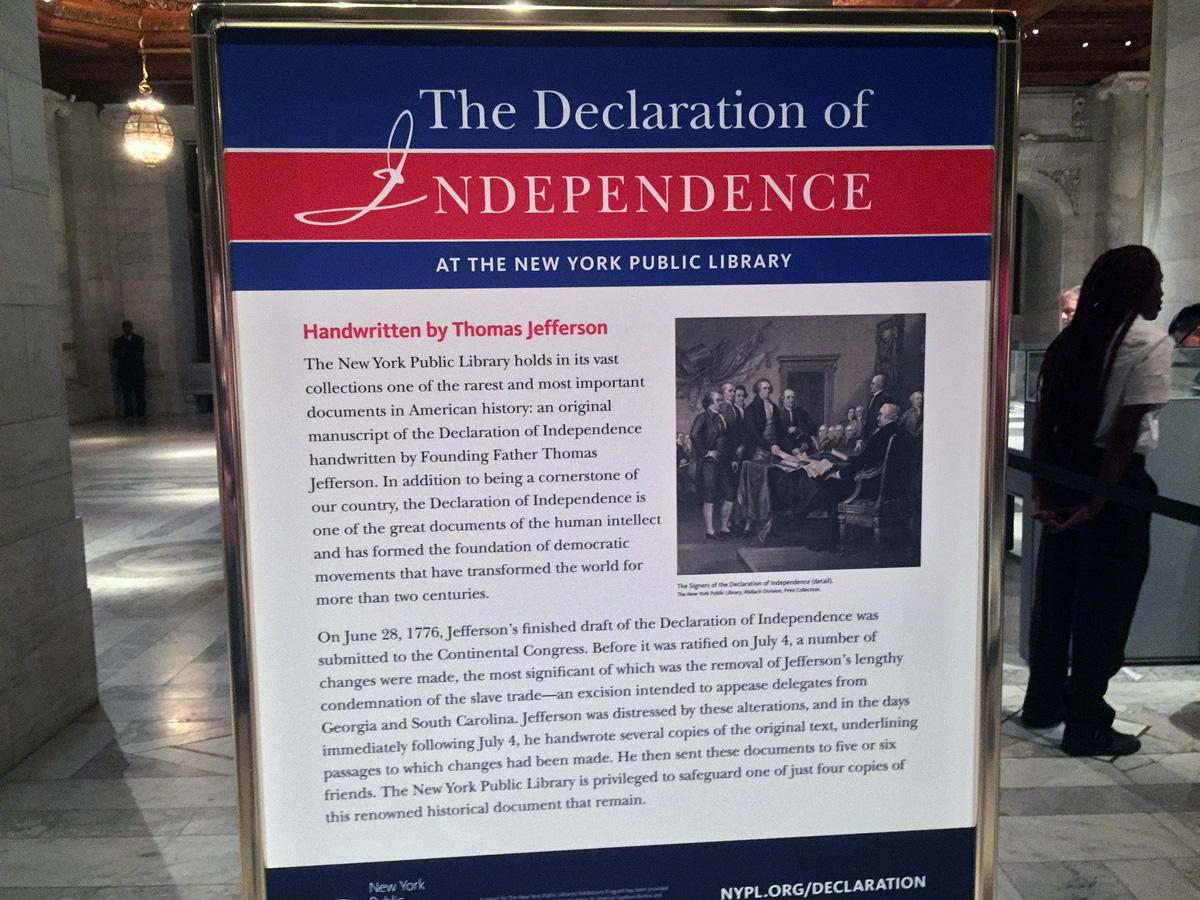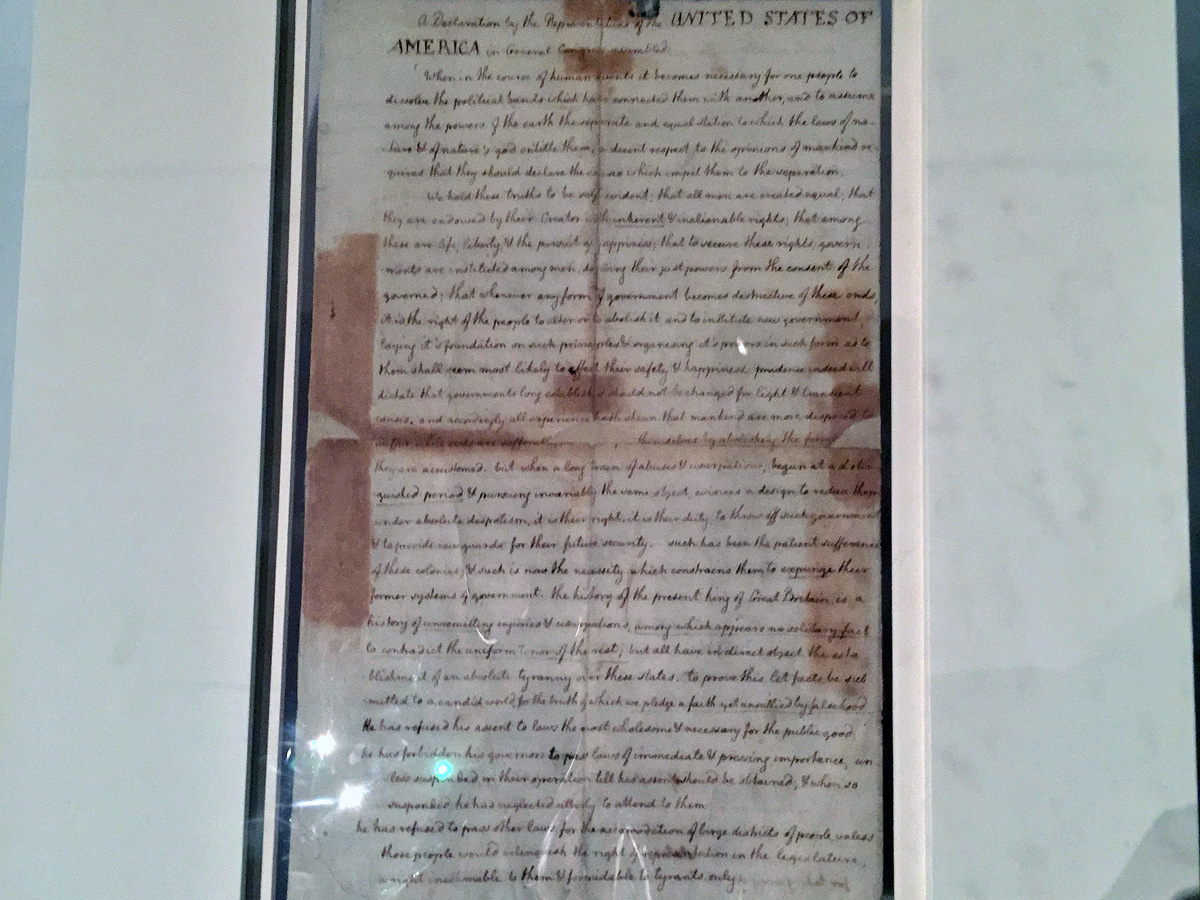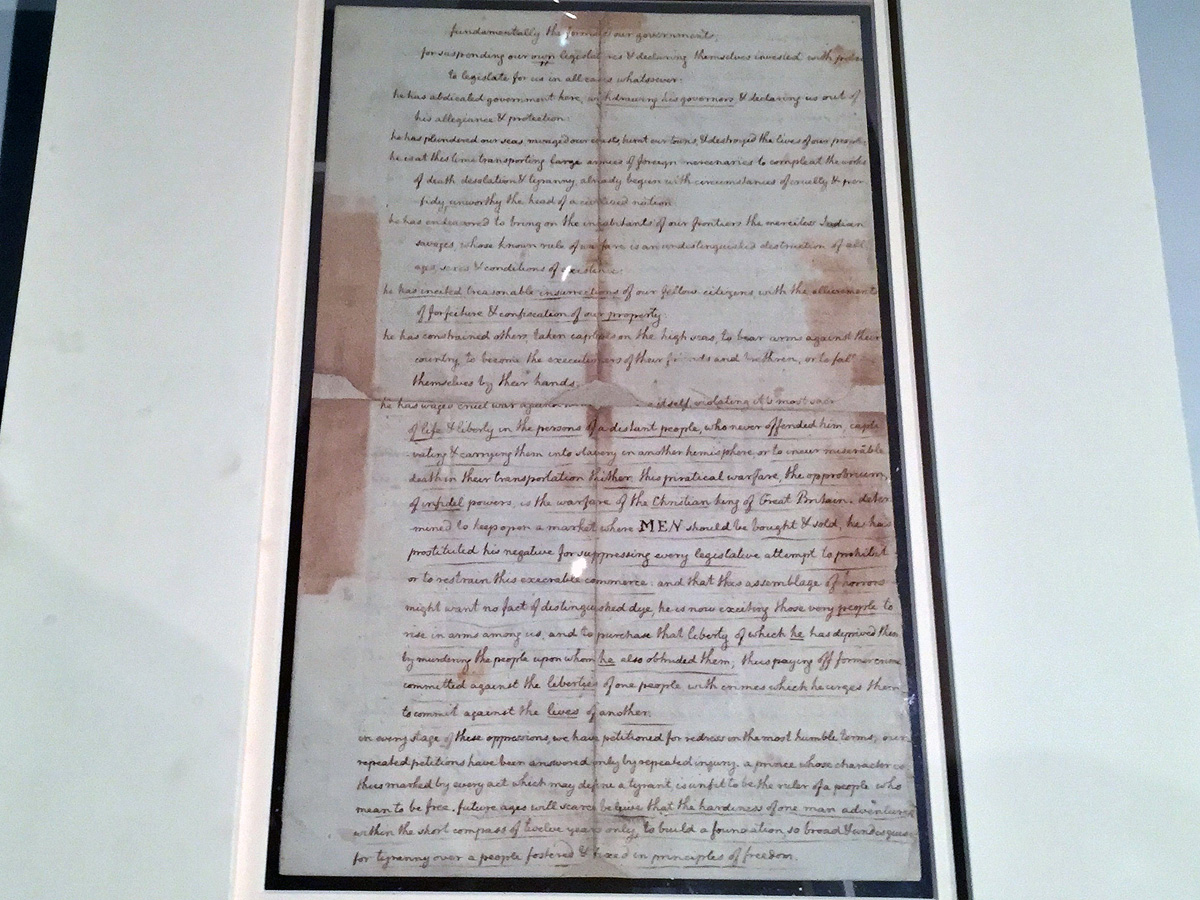Lots more shows for the first half of 2024! These include Broadway, Off-Broadway, and Off-Off-Broadway. Out of them all, “Oh Mary!” was my favorite by far. I saw the production in the West Village before it moved to Broadway. The only thing that would have made seeing “Oh Mary!” better would have been going it with someone! But attending alone was better than not seeing it at all. For “Hamilton,” it was my FOURTH TIME going after winning the lottery to see it for 10 bucks each time!
Tag Archives: New York City
Robert Moses: The Power Broker
The recent demise of congestion pricing in Manhattan got me thinking that cars always win. If you’ve ever wondered why New York City lacks a mass transit system befitting the world-class metropolis it is meant to be, why tolls are still being charged to cross bridges many generations after construction has been paid for and that those tolls keep going up, or why getting to JFK airport on a weekday afternoon is such a hellish nightmare, look no further than Robert Moses, the master builder who controlled most of our public infrastructure for many long decades. With the possible exception of J. Edgar Hoover at the FBI, no one individual has ever held such unbridled autocratic authority over so many people and so many resources for so long.
 Undisputably, Robert Moses was THE dominant figure in New York City from the mid-1920s to the late 1960s. He met the Queen of England and the Pope. Mayors, Governors, and Presidents came and went, but Robert Moses remained. Several Mayors and even FDR himself tried to oust Moses but failed. At various points in his long career, Moses was Chairman of the New York State, Long Island, and New York City parks departments; Chairman of the Emergency Public Works Commission; Chairman of the New York State Power Authority; chief of the New York City Planning Commission; President of the 1964-65 New York World’s Fair; and Chairman of the Triborough Bridge and Tunnel Authority. Despite holding all these quasi-government posts, he was never elected to any office. In 1934 he ran for Governor of New York State as a Republican and lost in a landslide.
Undisputably, Robert Moses was THE dominant figure in New York City from the mid-1920s to the late 1960s. He met the Queen of England and the Pope. Mayors, Governors, and Presidents came and went, but Robert Moses remained. Several Mayors and even FDR himself tried to oust Moses but failed. At various points in his long career, Moses was Chairman of the New York State, Long Island, and New York City parks departments; Chairman of the Emergency Public Works Commission; Chairman of the New York State Power Authority; chief of the New York City Planning Commission; President of the 1964-65 New York World’s Fair; and Chairman of the Triborough Bridge and Tunnel Authority. Despite holding all these quasi-government posts, he was never elected to any office. In 1934 he ran for Governor of New York State as a Republican and lost in a landslide.
His list of accomplishments is long. He built Jones Beach State Park, Jacob Riis Park, Orchard Beach, numerous power dams, many low-income housing projects, countless state parks, countless city parks, and the Central Park Zoo. He was instrumental in the construction of Shea Stadium, the United Nations headquarters, and Lincoln Center. He built the Henry Hudson, Grand Central, Northern State, Southern State, Taconic, and Meadowbrook State parkways, among others. He built the Triborough, Verrazano-Narrows, Whitestone, and Throgs Neck bridges, and many more. He also built the Brooklyn-Queens Expressway (the BQE), the Staten Island Expressway, and others. In short, much of New York City and New York State, and especially the way we get from Point A to Point B, is because of Robert Moses.
But in addition to being a builder, Moses was also a destroyer. He razed many neighborhoods and displaced countless numbers of their residents. The Cross Bronx Expressway was — and still is, to this very day — especially cruel. So was the construction of the Gowanus Expressway, which tore through the Sunset Park neighborhood in Brooklyn, destroying a community. According to the book, Moses refused the pleas of local residents to build the highway over Second Avenue rather than Third, to the demise of these families. Surprisingly, Moses didn’t always get his way. Instead of a Brooklyn-Battery Tunnel, he wanted a bridge, which would have obliterated large chunks of Lower Manhattan. He also intended to build a Mid-Manhattan Expressway across 30th Street, and he wanted to run a highway through Manhattan’s West Village and Washington Square Park. Imagine New York City today if Moses had succeeded in those projects? And through his stubborn intransigence, Moses also had a hand in the loss of the city’s beloved Brooklyn Dodgers baseball team!
All of this and much more is described in The Power Broker: Robert Moses and the Fall of New York, the massive biography by Robert Caro. This book, which is thick and heavy enough to be used as a doorstopper, was published in the early 1970s, when Moses was still alive. It has long been considered the definitive biography of Moses. It won a Pulitzer Prize. But I think it is a flawed work. In my view, such a lengthy account (this one clocks in at 1,200 pages, which took me almost three months to finish!) should cover everything about its subject. However, there was nothing in The Power Broker about Jane Jacobs and her epic battle with Moses over the expressway he wanted to build through the West Village. And there was not enough about the public housing built by Robert Moses. Nevertheless, despite its flaws, I do consider The Power Broker to be a must-read for anyone interested in 20th Century American politics and, more specifically, infrastructure.
My favorite sections of the book included everything that had to do with Al Smith, the Roman Catholic governor of New York State who ran unsuccessfully for President in 1928 (losing to Herbert Hoover). According to the book, Smith was the only governor, the only politician really, whom Moses ever looked up to and the only one he showed respect to. I also learned a lot in this book about Fiorello LaGuardia, the larger-than-life Mayor of New York in the 1930s and 40s, who had grand visions of his own. I also learned a great deal in this book about the flawed reporting published by the New York Times and many other newspapers about Moses, who in addition to being a master builder was also a master of spinning a narrative.
Here are a few more notes about Robert Moses, according to the book:
- He was physically imposing, big, tall, and muscular.
- He attended Yale and was on the swimming team.
- As an adult he went swimming out in the ocean, so far out that he could not be seen from shore.
- He did not drive himself but rather was chauffeured around in the back of a town car.
- He went deaf! (This was fitting because he never listened to anyone anyway.)
- He had a wife, Mary, and two daughters. A month after Mary died of old age he got remarried to a younger woman, also named Mary and her nickname was Mary II.
According to the book, it was New York Governor Nelson Rockefeller who finally ousted Moses from power. The man who had once wielded so much control finally died in 1981, broken, lonely and penniless.
If you ask any New Yorker today what they think about Robert Moses, the reaction will almost invariably be negative. In my view that is because of his biggest flaw, which was his failure to envision a world that did not revolve around people getting from one place to another in single-passenger cars.
Summer and Fall 2022 theater roundup
Spring theater roundup
Steven S. Couse
Coney Island
Coney Island is a neighborhood at the far southern tip of Brooklyn featuring an amusement park, a boardwalk and a beach. It’s where a famous Mermaid Parade takes place every June, where Nathan’s holds a hot dog eating contest each year on the Fourth of July, and where the Polar Bear Club invites civilians to jump in the ocean on New Year’s Day, no matter how cold the weather. During the summer months, there are lifeguards here, and bodybuilders take turns showing off at a pull-up bar on the sand. There are tattoo parlors and stands offering frozen alcoholic beverages, and more than a few unsavory characters. The New York Aquarium is also located here. From Manhattan, it takes an hour and fifteen minutes to get here on the Subway. From where I live now in the Sheepshead Bay neighborhood, it is six subway stops away or a 45-minute walk. Since I moved here, all the rides, events and attractions have been closed or canceled because of the pandemic, but it is still an interesting place to walk around.
This fabulous book of historical photographs, a gift from my dear friend Garrett Glaser, is filled with all sorts of fascinating information about the rich and colorful history of this unique spot. There have been a number of different amusement parks located here, including Astroland, Feltmans, Luna Park and Steeplechase Park, sometimes operating adjacent to one another in a spirit of friendly competition. Attractions over the years have included hotels, resorts, water rides, a parachute jump, a Ferris wheel, and even a hotel shaped like a giant elephant! Many of these novelties no longer exist, but the Cyclone, pictured on the book’s cover, is still there. I have ridden the Cyclone a number of times over the years, and in my opinion it is one of our country’s best roller coasters. It’s a wooden ride, very fast and steep, similar to the Blue Streak at Cedar Point, but more compact. Also pictured on the cover is the “Astroland Moon Rocket,” which people could climb around inside, and a “Skyride,” in which passengers floated overhead in spherical capsules.
Here are a few more notes about Coney Island:
- When people first started visiting the beach in the 1860s, they were fully clothed, sunbathing was unheard of and almost nobody went in the water!
- In the 1870s there was a railroad known as the Culver Line that went to Coney Island, still operating today as part of the F line of the New York City Subway!
- In the 1960s Fred Trump bought Steeplechase Park and demolished all the fun stuff with the intention of building apartments on the site.
- In the 1890s there was a bike path along Ocean Parkway from Prospect Park to Coney Island. That bike path, described as the oldest bike path in the country, is still there, and I have ridden on it myself many times over the years!
Coney Island has evolved considerably over the past 150-plus years, and this book does a nice job of documenting much of this history. One thing that strikes me is seeing the very large crowds in many of the historical pictures. Thanks for this wonderful book, Garrett!
NASDAQ opening
I attended the opening of NASDAQ today, at the TV studio in Times Square. The president of the American Dental Association and principals of Henry Schein Inc. rang the opening buzzer, to commemorate the 18th annual Give Kids A Smile effort to treat and educate underserved children.
Article on the Dental Tribune website here.
Article about what to do in New York for visitors from out of town
Every year I write a “travel story” for our at-show newspaper, Dental Tribune Today, which we publish on-site at the Greater New York Dental Meeting. The article is meant for those who might be coming to the event from out of town and offers some sightseeing ideas.
Click below to see the article in a larger window. You can also read the article on the Dental Tribune website, by clicking here.
Rumors of War
Kehinde Wiley’s “Rumors of War” sculpture, on temporary display in Times Square. According to the description posted nearby, the work is a response to the many Confederate monuments displayed throughout the country. After being on display in New York until Dec. 1, the description says, the sculpture will go to Richmond, Va., where it will be permanently installed at the Virginia Museum of Fine Arts.
Wiley is the same artist who painted President Obama for the Smithsonian National Portrait Gallery.
Declaration of Independence in Jefferson’s own hand
Today after work I visited the New York Public Library, where an original manuscript of the Declaration of Independence was on display. This is a rare, handwritten copy in Thomas Jefferson’s own hand, one of only four in existence. Congress had removed passages from the original proposed text condemning the slave trade, and Jefferson wanted to preserve his original version. So, after the Declaration was adopted on July 4, 1776, Jefferson hand wrote several copies to send to some of his friends. These documents, part of the library’s permanent collection, are so priceless that they are only on display two days each year. I waited in line for two hours to just view and to take these pictures — which I color-corrected in Photoshop, as the lighting inside was dimmed.
Click the pictures to see them bigger:

